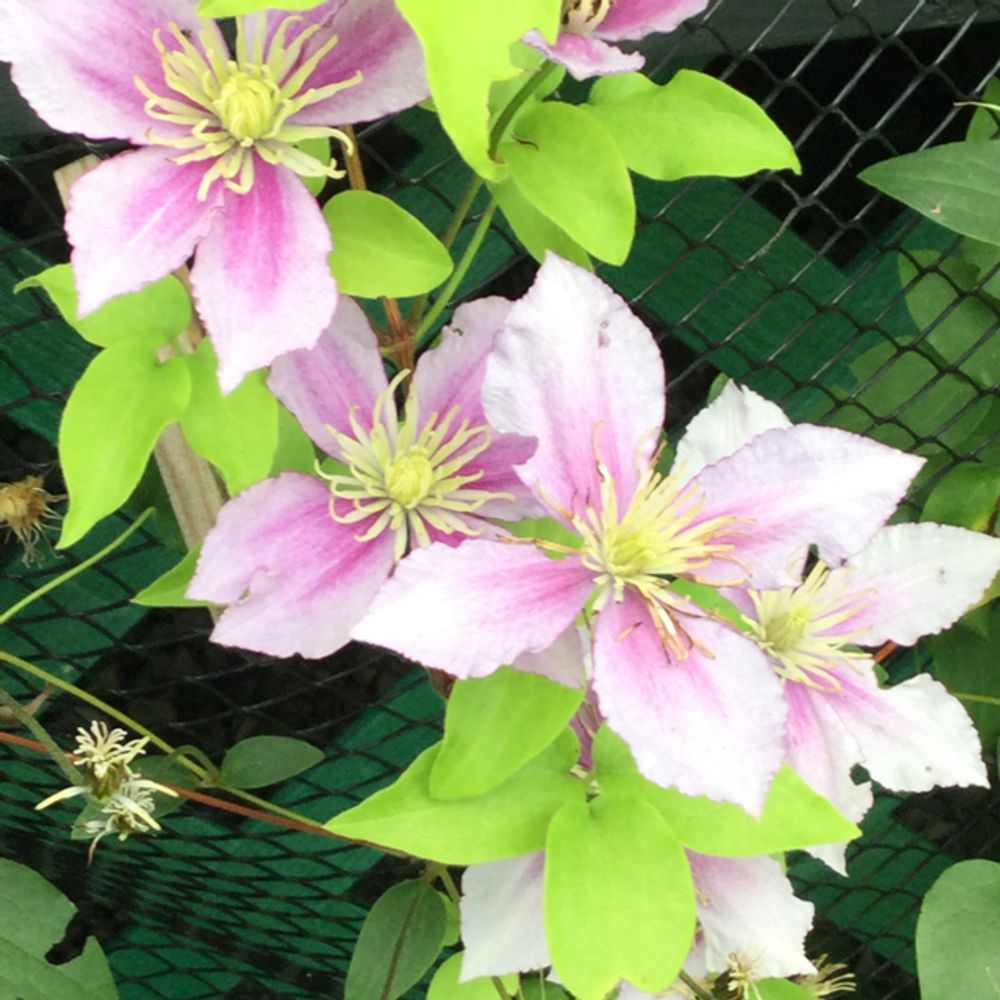Himalayan clematis
(Clematis montana montana)

Description
Clematis montana montana, also known as Himalayan clematis, is a vigorous woody vine that belongs to the Ranunculaceae family. This plant is native to the Himalayan region, including Nepal, Bhutan, and India. It is a popular ornamental plant that is grown for its profuse and fragrant blooms that appear in late spring or early summer. In this article, we will explore the botanical characteristics, growth habits, and cultivation requirements of Clematis montana montana. Taxonomy Clematis montana montana belongs to the Clematis genus, which is comprised of approximately 300 species of climbing and trailing vines. The species name, montana, is derived from the Latin word for "mountain," which refers to the plant's native habitat in the Himalayas. Botanical Characteristics Clematis montana montana is a deciduous vine that can grow up to 20 feet in length. It has a rapid growth rate and can quickly cover walls, trellises, and other structures with its lush foliage and profuse blooms. The leaves of Clematis montana montana are dark green and leathery, with three to five leaflets. The leaflets are ovate to elliptical in shape and have serrated edges. The foliage of this plant is attractive and remains on the vine until late autumn. The flowers of Clematis montana montana are a striking feature of the plant. They are typically pink or white in color and have a sweet fragrance. The blooms are produced in large clusters, each containing up to 20 individual flowers. The individual flowers are 1-2 inches in diameter and have four to six petals. Growth Habits Clematis montana montana is a hardy plant that is well-suited to a variety of growing conditions. It prefers a fertile, well-draining soil and a sunny or partially shaded location. This plant is tolerant of cold temperatures and can survive in USDA hardiness zones 6 to 9. Clematis montana montana is a fast-growing vine that requires support to climb. It can be trained to grow up a trellis, fence, or wall. If left untrained, it will scramble and twist its way up any nearby structure, including trees. Clematis montana montana blooms in late spring or early summer, typically from May to June. The plant produces a profusion of flowers that can cover the entire vine. After flowering, the plant will produce fluffy seedheads that can be attractive in their own right. Cultivation Requirements Clematis montana montana is relatively easy to grow and requires minimal maintenance. The plant prefers a fertile, well-draining soil that is kept evenly moist. It is important to ensure that the soil does not become waterlogged, as this can cause root rot. This plant should be planted in a location that receives full sun to partial shade. It is important to provide support for the vine to climb, such as a trellis or wall. The support structure should be sturdy enough to support the weight of the mature vine. Clematis montana montana benefits from regular pruning to control its growth and shape. It is best to prune the vine in late winter or early spring, before new growth appears. The plant can be pruned back hard to encourage new growth and a more compact habit. Pests and Diseases Clematis montana montana is relatively resistant to pests and diseases. However, it can be susceptible to powdery mildew, which is a fungal disease that can affect the leaves and stems of the plant. To prevent powdery mildew, it is important to provide good air circulation around the plant and to avoid overhead watering.
Taxonomic tree:







